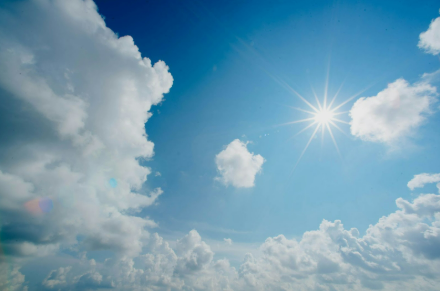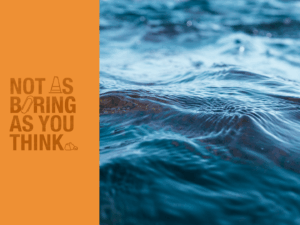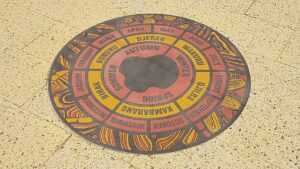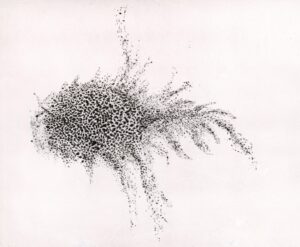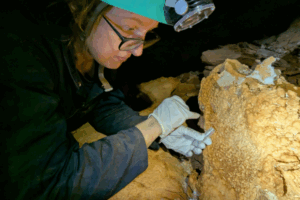The Sun is a vital part of life on Earth. You could say life on our planet literally revolves around it.
It powers all living things through the light and heat it brings. This same power provides electricity to homes and businesses around the world.
In Australia, solar power is the largest source of clean energy, making up 47% of all renewable energy generated by the nation.
SHINE BRIGHT LIKE A … SUN
Solar power is created when light radiated from the Sun is absorbed by solar technology, then converted into electricity or heat.
There are two types of solar technology. Solar thermal, which converts sunlight into heat, is used to warm substances such as air or water.
Caption: Solar panels are placed on roofs of buildings to absorb heat and light from the Sun
Credit: Giorgio Trovato via Unsplash
But the most common technology is solar photovoltaic (or solar PV) cells.
These cells are encased in solar panels and placed in locations where sunlight is readily available such as your roof.
Solar panels collect light and heat from the Sun, which is converted into electricity and transported to where it is needed via infrastructure like power lines.
FULL CHARGE AHEAD
Similar to wind energy, large volumes of solar energy can be generated through solar farms or solar parks – a collection of thousands of solar panels in one location.
Caption: Solar farms contain thousands of solar panels that generate large volumes of energy
Credit: Mariana Proença via Unsplash
The largest commercial solar farm in WA is the Merredin Solar Farm, 260km east of Perth in the Wheatbelt.
More than 354,000 solar panels placed across 4.6km² can generate enough energy to power roughly 42,000 homes.
The number of commercial solar farms in WA is expected to triple over coming years, but West Australians don’t have to wait to access this renewable power.
SUN’S OUT, PANEL’S OUT
One in three Australian households now use solar panels to power their homes, reducing the cost of power bills and greenhouse gas emissions.
Caption: Solar energy can reduce emissions and power costs
Credit: Nuno Marques via Unsplash
The drawback with solar energy is it can only be generated when the Sun is shining. However, solar energy batteries have been designed in recent years to capture and store power.
This means solar energy can be saved for a rainy day (or night), making it a longer-lasting renewable energy option.
As more Australians realise the benefits of solar power, its use will only rise – as sure as the Sun rises every day.



